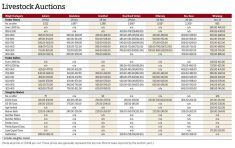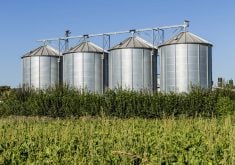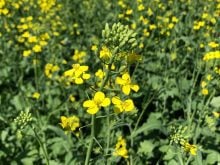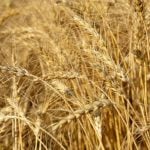The ICE Futures canola market saw some wide price swings during the last full week of May, holding within a sideways pattern overall as traders wait to get a clearer picture on new-crop production.
After the drought-stricken 2021 crop, ample precipitation in the eastern Prairies this spring has done much to alleviate the moisture situation in the region. However, too much of a good thing has kept many Manitoba farmers off their fields, with the seeding window getting smaller and smaller. Planting is much more advanced to the west, but that’s mostly due to a lack of rain — raising concerns over a possible repeat of 2021.
In between those two extremes some areas are in reasonably good shape to start, at least anecdotally, but time will tell how the growing season plays out.
From a chart standpoint, both the old-crop July contract and new-crop November managed to move back above their 20-day moving averages during the week, after a profit-taking correction the previous week took values below that technical level. Most analysts are of the opinion that there’s little reason for a retest of the all-time highs hit earlier in May, but at the same time the charts and the fundamentals remain supportive.
Looking to other markets, both soybean and corn futures at the Chicago Board of Trade should be trading off Midwestern weather forecasts over the next while, with the bigger-picture influences of Chinese demand and the situation in Ukraine also important to keep an eye on.
For wheat, the U.S. futures dropped further from the highs hit earlier in May, but more volatility rather than a clear move one way or the other is the most likely scenario over the next while.
Talk that Russia may allow a humanitarian corridor in the Black Sea for Ukrainian grain exports accounted for some selling pressure in the wheat market, as exports from the region have been reduced to a trickle during the three-month-long conflict. However, port infrastructure has been damaged and Russia has said its move is conditional on the easing of sanctions against the country — which seems unlikely at this time.
The U.S. winter wheat harvest is already underway in Texas and will be moving northward over the next month or so. Yield estimates are not looking promising in Kansas, with condition ratings quite poor for this time of year.
Meanwhile, spring wheat is still being seeded in the northern U.S. and Canada, with the planting delays likely to keep support up under the Minneapolis futures.
The extent of the damage done to India’s wheat crop by the excessive heat there is also still being calculated, adding another layer of uncertainty to the global wheat trade.















